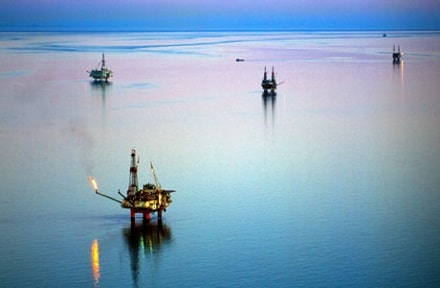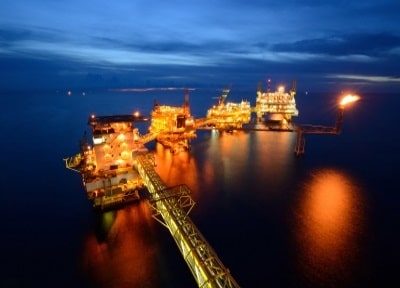Bentley oil discovery is located in block 9/3b in the North Sea, 160km east of the Shetland Islands on the western edge of the Viking Graben. Xcite Energy Resources (XER) has a 100% interest in the block, which covers an area of more than 200 square kilometres. The block was awarded to XER in October 2003.
“BP signed a contract with XER in January 2010 to market and distribute the crude oil extracted from the Bentley field.”
As per the 2D seismic study, two structures within the block – 9/3-1 and 9/3-4 – established accumulations of heavy oil: these make up the Bentley field.
The reprocessed 3D seismic survey was interpreted by the company in 2009. Commercial production from the field is expected to commence in 2013.
BP signed a contract with XER in January 2010 to market and distribute the crude oil extracted from the Bentley field.
In June 2012, EXR secured a loan of $155m from a consortium of five banks, including the Royal Bank of Scotland and Societe Generale Corporate & Investment Bank. The loan has a term of five years and will be used for the development of the Bentley oil field.
Bentley field geology and reserves
The Bentley field’s oil is found in the Dornoch Formation of the late Palaeocene age. Block 9/3b is located at the eastern margin of the Palaeocene Shelf.
The formation within the block consists of rough clastics, which further lead to the formation of a prograding delta compound across the eastern boundary of the east Shetland Platform. The main rock is the Kimmeridge Clay Formation (Upper Jurassic) and is encountered within Viking Graben to the east of the block.
The reservoir contains approximately 160 million barrels of recoverable oil. The stock tank oil initially in place reached 690 million barrels of oil, with the upside at 890 million barrels of oil in June 2009.



















































